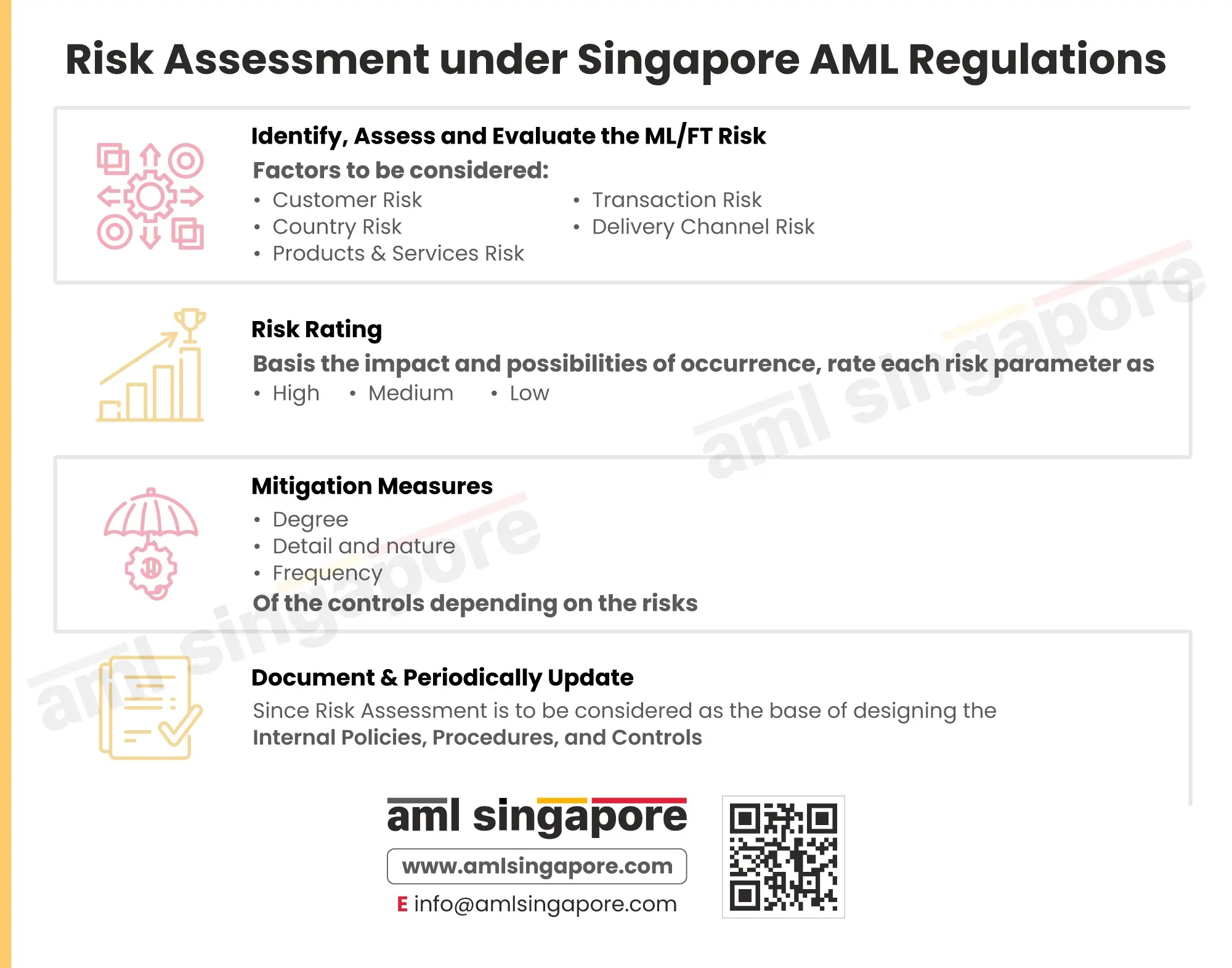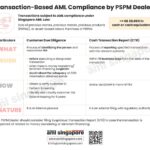Trade-Based Money Laundering: Concept, Red Flags, and Mitigation Measures
Money launderers use innovative methods to launder money, trying hard to evade the attention of the authorities and succeed in their criminal activities. One of the commonly used methods is trade-based money laundering.
What is Trade-Based Money Laundering?
Trade-Based Money Laundering (TBML) is a method criminals use to launder illegal money under the cover of business transactions. Sometimes legitimate businesses are routing the criminal proceeds using fake commercial dealings.
Understanding the techniques and laundering typologies associated with TBML is essential to detect and prevent the exploitation of legit businesses for disguising the nature and source of dirty money.

What are the common techniques of Trade-Based Money Laundering?
There are various methods of trade-based money laundering which criminals use to conceal their financial frauds and make their black money appear clean. Some of these techniques are as under:
Over-invoicing:
It is a method in which the exporter sends inflated bills to the importer. The invoice consists of increased numbers, and the payment exceeds the actual value of the goods purchased.
With these legit documents with incorrect values, the importer transfers the illegal funds from one country to another through legit financial systems without being caught by the authorities.
The exporter receives the excess money, which is not due or legitimate but transferred in the garb of invoices. This is very common in industries like precious metals and stones, where the product’s value can be misrepresented, and a premium can be charged on the face of the invoice.
Under-invoicing:
It is also another trade malpractice in which the invoice is sent to the importer with bills at a lesser value than the goods shipped. The importer receives the goods worth higher value, which can later be sold in the local market in black, without recording the actual value in the books.
Here, the laundering happens through the transfer of value in products rather than the direct movement of funds.
Multiple invoicing:
One invoice may be legal but is issued many times in this method. The same invoice is sent to multiple customers without actual shipment being made to all these customers.
Against the same invoice, under the name of “supply of goods,” the exporter receives a higher value than the goods actually exported.
This method transfers criminal funds from one or multiple countries to another, from one party or through multiple parties.
Over/under-shipment of goods:
In this case, the exporter transfers more goods than those disclosed in the shipping documents.
In case of over-invoicing, the exporter receives more funds from the importer, i.e., illegal funds of the importer by moving to the exporter, disguising it as a transfer towards the supply of goods. While in the case of under-invoicing, the importer receives higher-value products as the number of goods mentioned on the invoice is misrepresented.
Quality deviation:
A common trade malpractice is to ship goods of lower quality instead of the high quality mentioned on the invoice. The exporter receives a higher value from the importer, as misrepresented on the invoice. Again, this is the technique money launderers use to move high-value dirty money from one country to another.
What are the red flags indicating Trade-Based Money Laundering?
It is essential to detect the risk indicators suggesting the involvement of red flags associated with trade malpractices. Let’s discuss the instances where you can recognize suspicious activities hinting towards TBML:
- Trading activities differ entirely from the mentioned business activity, such as courier service providers dealing in used car or jewelry businesses. It is an instant red flag and requires investigating the suspicious activity and the beneficial ownership of the parties involved.
- Businesses that continually show losses and manage continuity can be involved in trade malpractices. In reality, they may be getting high value from the goods imported or exported, but in the books, they show losses or low product margins.
- New businesses that show unusually high profits and engage in high-volume transactions raise suspicion as the firm is likely to engage in malpractices considering the volume of profits.
- The involvement of third-party businesses and the complication of the deals make it hard to identify the source of the funds. Businesses that use complex corporate structures without a reasonable ground are a big red flag. They show complicated deals to confuse the investigators and hide the discrepancies in the trade.
- Sometimes, companies use wrong addresses, and these fake addresses are a matter of concern because they directly reveal that the establishment mentioned in the documents is likely to be non-existent.
- In today’s digital world, a business that does not have an online identity is also likely to attract scrutiny, especially if the services and scope of work are missing in the online space.
- Businesses that are almost a namesake of popular and established businesses are also a red flag. These so-called companies present themselves as a partner or sister concern to show that they are associated with them in any manner, which is not the case.
A sudden increase in trade dealings by a company that has been dormant for quite some time.
What are the necessary measures to prevent Trade-Based Money Laundering?
Customer Due Diligence is one of the most essential AML measures to detect and prevent TBML instances. The following best practices must be adopted to manage the risks:
Know Your Customer (KYC) and Customer Risk Assessment
Often exporters and importers are hand-in-glove, and adopting a robust CDD process is important to unearth the nexus. The regulated entities must identify the customers and the beneficial owners and verify their identity to determine the legitimacy of the person with whom business is conducted.
Along with sanctions screening, the companies are recommended to screen the customers to check for any adverse media or negative news against the customer,
their business, or the beneficial owners. This will help the company determine the customer’s risk rating and decide whether to deal with the person, considering the past or current criminal records.business, or the beneficial owners. This will help the company determine the customer’s risk rating and decide whether to deal with the person, considering the past or current criminal records.
Further, businesses must adopt a risk-based approach to assess the customer’s trade-based money laundering risk and apply adequate mitigation measures. For example, for high-risk customers like Politically Exposed Persons (PEP) or customers associated with a high-risk country, Enhanced Due Diligence measures must be followed.
Ongoing Monitoring of transactions and business relationship
The business needs to continuously monitor the transactions and ensure that the customers’ activities align with the AML regulations and the customer’s risk profile. Implementing an ongoing monitoring program to detect any unusual activities or inconsistent customer behavior timely is also pertinent.
Effective Customer Due Diligence measures shall help the organizations detect the risks while onboarding the customers and during the ongoing business relationship.
How can AML Singapore assist the regulated entities in navigating the AML journey?

About the Author
Jyoti Maheshwari
CAMS, ACA
Jyoti has over 7 years of hands-on experience in regulatory compliance, policymaking, risk management, technology consultancy, and implementation. She holds vast experience with Anti-Money Laundering rules and regulations and helps companies deploy adequate mitigation measures and comply with legal requirements. Jyoti has been instrumental in optimizing business processes, documenting business requirements, preparing FRD, BRD, and SRS, and implementing IT solutions.




